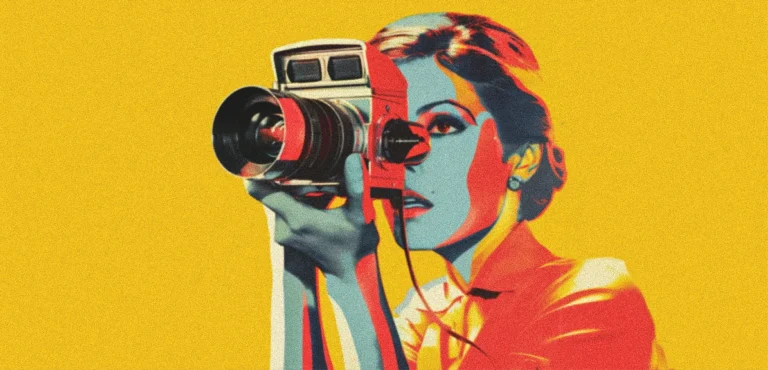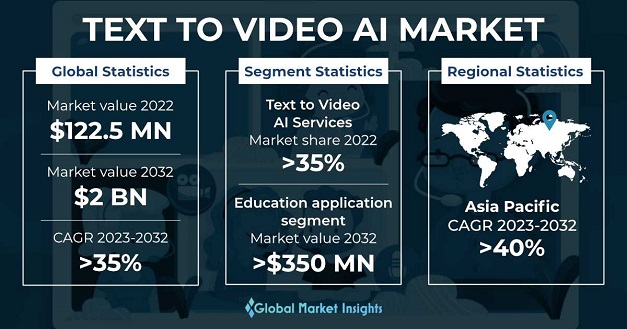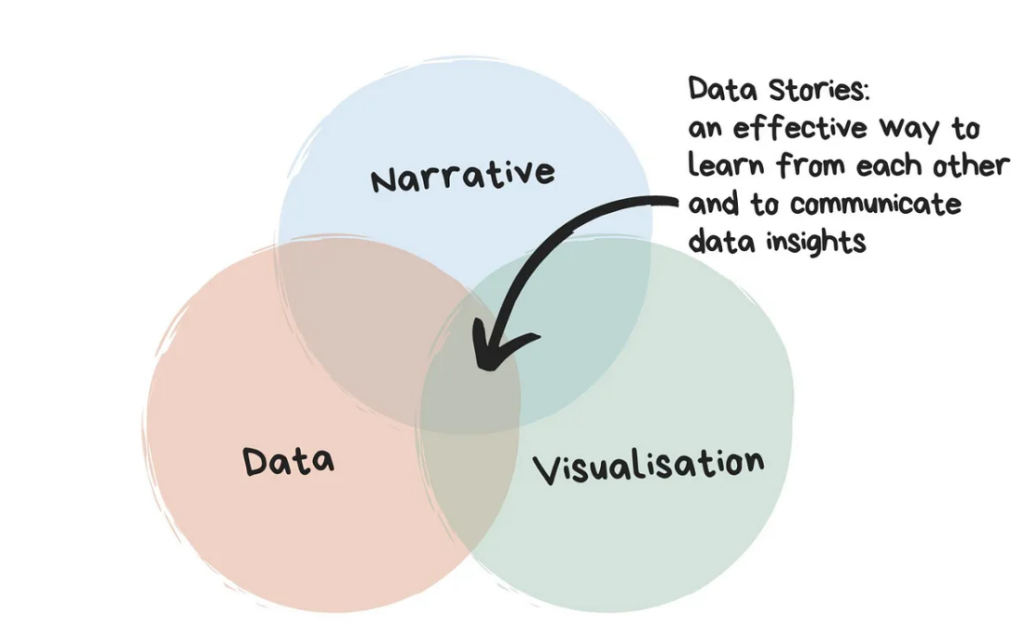
Transforming Text to Video: How OpenAI’s Sora Can Help in Product Storytelling
The text-to-video AI market has experienced remarkable growth and is anticipated to expand significantly, potentially reaching $0.9 billion by 2027, with an impressive Compound Annual Growth Rate (CAGR) of 37.1 percent.
At the forefront of this transformative trend is OpenAI’s Sora, a cutting-edge tool that seamlessly converts textual content into dynamic video narratives. Built upon a sophisticated diffusion model akin to leading text-to-image technologies like DALL·E 3 and StableDiffusion, Sora represents a substantial leap forward in AI-driven video production.
This article delves into Sora’s transformative potential for CTOs, exploring how it can streamline communication strategies and elevate product storytelling.

[Image Source: Global Market Insight]
OpenAI’s Sora: An overview of the key capabilities of the text-to-video AI model
In a significant breakthrough in artificial intelligence, OpenAI has introduced Sora, a text-to-video AI model capable of generating high-quality videos up to a minute while maintaining visual consistency and adhering to user prompts. This innovative model leverages a diffusion architecture, starting with a noisy image and gradually refining it over multiple steps to produce a coherent and realistic video.
Sora represents videos and images as collections of smaller units called patches, akin to tokens in GPT. This unified representation enables the training of diffusion transformers on a broader range of visual data spanning different durations, resolutions, and aspect ratios.
The model builds upon past research in DALL·E and GPT models, utilizing the recaptioning technique from DALL·E 3 to generate highly descriptive captions for visual training data. This allows Sora to faithfully follow user text instructions in generated videos.
1. The Synergy of diffusion and transformer models for advanced video generation
Sora represents a pioneering fusion of diffusion and transformer models, combining the strengths of each to revolutionize video generation. Inspired by the transformative architecture of GPT models, Sora addresses the inherent limitations of diffusion models in handling both detailed texture and global composition in videos.
There’s critical synergy in combining these model types. Diffusion models excel at generating intricate texture details but struggle with overall video composition. Conversely, transformer models like those in GPT are adept at structuring high-level video layouts but lack the nuanced detail generation prowess of diffusion models. By integrating these capabilities, Sora optimizes the workflow: transformers organize the three-dimensional patches (akin to tokens in language models), while diffusions fill these patches with detailed content across video frames.
2. Technical implementation
In technical terms, Sora’s approach involves breaking down video frames into manageable three-dimensional patches, akin to how language models handle tokens in text. This segmentation allows for efficient processing and optimization of computational resources, which is crucial for handling the temporal persistence of video data. Additionally, a dimensionality reduction step precedes patch creation to enhance computational feasibility without sacrificing video fidelity.
3. Enhancing prompt fidelity through recaptioning
To ensure fidelity to user prompts, Sora employs a recaptioning technique akin to methods utilized in DALL·E 3. This advanced process involves leveraging GPT for automatic prompt engineering, enriching initial user inputs with additional descriptive detail. This enhancement not only refines the specificity of generated video content but also aligns closely with user expectations, facilitating more accurate and personalized video outputs.
In addition to generating videos from text, Sora can animate still images and extend or fill in missing frames in existing videos. This technology serves as a foundation for models that can understand and simulate the real world, a crucial milestone in achieving Artificial General Intelligence (AGI).
The imperative of product storytelling in modern businesses
The art of product storytelling has transcended traditional marketing tactics to become a cornerstone of strategic brand differentiation and consumer engagement. For modern C-suite leaders and IT directors, harnessing the power of compelling narratives is not just a trend but a critical pathway to sustaining competitive advantage and driving business success.
A product story serves as the narrative backbone that guides teams and stakeholders through the journey of a product—from inception to market and beyond. Firstly, a product story articulates the ‘why’ behind the product—the overarching vision that guides its long-term mission. This vision serves as a beacon, aligning your teams towards a common goal and differentiating your product in a crowded market.
According to Ellen Merryweather, co-host of the Product Podcast, “Your ‘why’ distinguishes you from competitors offering similar products, attracting and retaining loyal customers. Every successful product needs a North Star, articulated in a way that resonates with your customer base.”
Secondly, a robust product story narrates the ‘how’ of the product—the strategy detailing how it will be brought to fruition. This strategy outlines the objectives the product aims to achieve and specifies how these goals will benefit its intended audience.

[Image Source: Medium]
Stories have a unique ability to connect with people emotionally, compelling them to care about the product and take decisive action. Also, engaging narratives captivate attention and encourage active participation and collaboration among team members.
Moreover, organizations with a strong storytelling culture outperform their peers by up to 20% in terms of shareholder value—highlighting storytelling’s integral role in driving holistic business success.
Elevating product storytelling: Sora’s advantage for C-Suite leaders
Sora empowers brands to transform static product images into immersive video narratives, leveraging the increasing consumer preference for video content. With video expected to constitute 82 percent of global internet traffic by 2024, Sora’s ability to enhance visual storytelling positions it as a pivotal tool for capturing consumer attention and fostering deeper engagement.
1. Personalization and scalability
A significant strength of Sora lies in its capacity to generate personalized video content at scale driven by specific text instructions. In an era where 68 percent of consumers expect personalized experiences as a standard, Sora enables brands to deliver tailored narratives that resonate with diverse audience segments. This capability is particularly valuable for C-suite leaders focused on maximizing ROI and enhancing customer satisfaction through targeted marketing efforts.
2. Integration and consistency
Ensuring consistent brand messaging across multiple channels is critical for maintaining customer trust and loyalty. Sora can facilitate seamless integration by extending existing video campaigns or filling content gaps, thereby reinforcing brand integrity and enhancing overall campaign effectiveness. Studies show that maintaining consistency across platforms can increase revenue by up to 23 percent, highlighting the strategic advantage of leveraging Sora in comprehensive marketing strategies.
3. Agile campaign development
The ability to innovate and iterate quickly is essential in today’s fast-paced market environment. Sora can help accelerating campaign development by visualizing creative concepts early in the planning stages, allowing marketers to refine strategies efficiently. This agile approach resonates with leaders who prioritize creative storytelling as a key engagement strategy, underscoring Sora’s role in driving innovation and competitive advantage.
4. Streamlining communication channels
Effective product communication lies at the heart of every successful technology enterprise. CTOs often find themselves navigating between technical jargon and layman’s terms, seeking the perfect balance to ensure clarity without compromising on detail. Sora simplifies this process by offering intuitive tools to convert text-based technical documents into impactful video presentations. This not only enhances internal communication within the development teams but also facilitates clearer communication with non-technical stakeholders, such as investors, clients, and the broader public.
The promise and limitations of OpenAI Sora
OpenAI’s latest creation, Sora text-to video AI model, has garnered considerable attention for its impressive capabilities, though it appears its true potential has yet to be fully explored. According to OpenAI, Sora lacks an inherent understanding of real-world physics and causal relationships.
Moreover, questions persist regarding the tool’s reliability and the methodology behind its showcased outputs. While OpenAI’s demonstrations highlight high-quality results, concerns linger over the potential cherry-picking of examples. In contexts like text-to-image generation, where multiple attempts may yield varying levels of success, the extent to which Sora’s showcased videos represent a broader output remains ambiguous. Only with wider accessibility and usage can a clearer picture of Sora’s capabilities and limitations emerge.
As Sora continues to evolve, its hybrid architecture opens doors to new possibilities in video generation across various applications. However, challenges such as computational intensity and data handling complexities remain pertinent. Addressing these considerations will be crucial for scaling Sora’s capabilities in practical settings, ensuring its utility across industries reliant on sophisticated visual content creation.
In essence, while Sora impresses with its creative potential, it navigates within the constraints of its current technological boundaries, leaving room for further development and scrutiny in real-world applications.
In brief
With OpenAI’s Sora, CTOs can transform product features into engaging stories that resonate with diverse audiences. Whether presenting to stakeholders, training internal teams, or reaching potential customers, Sora’s text-to-video capability ensures every message is not just heard but understood and remembered. However, challenges like computational intensity and data handling complexities must be addressed to scale Sora’s capabilities effectively across industries relying on sophisticated visual content creation.